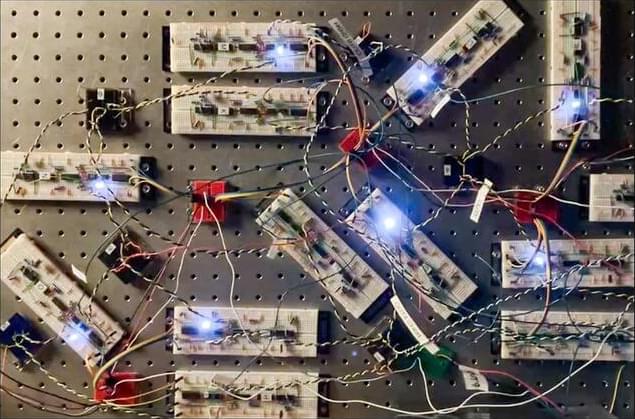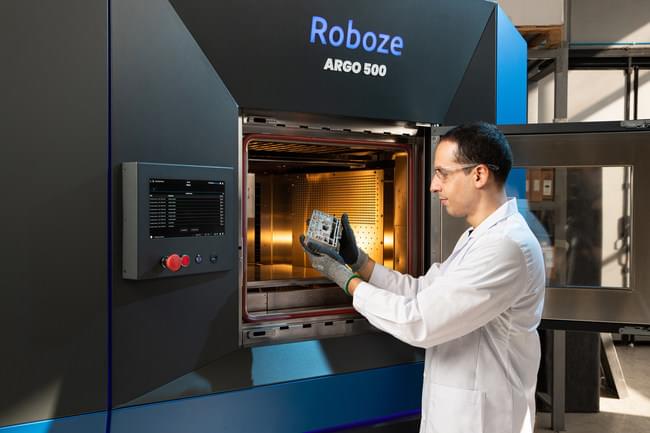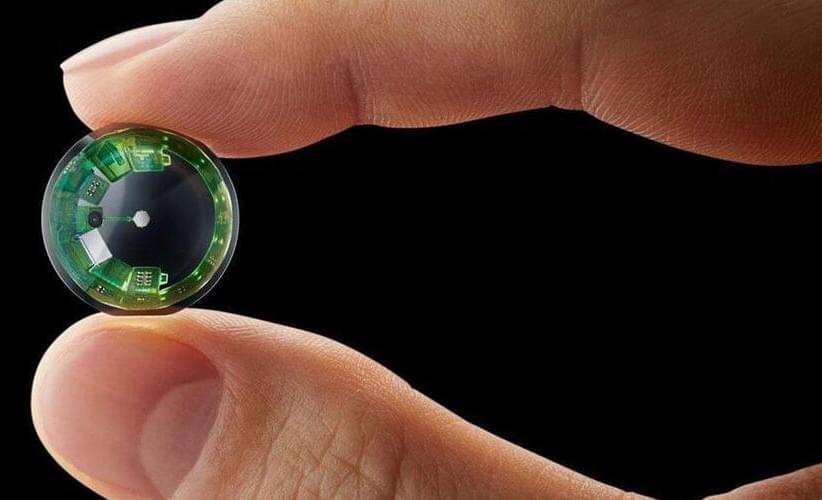System sidesteps computing bottleneck in tuning artificial intelligence algorithms.
Closing Gaps in Geometrically Frustrated Symmetric Clusters: Local Equivalence between Discrete Curvature and Twist Transformations.



If true, this idea could even help us understand all of the dark matter in our universe.
Trying to make sense of information is a universal daily experience. For physicist Melvin Vopson, this pursuit goes well beyond the mundane—he’s trying to prove that information has a physical presence. It’s a weighty task that could lead to new insights about how we can manage the future of information storage. It could also lead to a fundamental shift in how we think about the universe.
Vopson, who studies information theory at University of Portsmouth in the United Kingdom, wants to use an experiment to confirm that elementary particles have measurable mass. It would involve a matter-antimatter annihilation process that would shoot a beam of positrons at electrons in a piece of metal. Positrons and electrons are both subatomic particles, with the same mass and magnitude of charge. However, positrons are positively charged, and electrons are negatively charged.

Siemens and Roboze have announced that they are collaborating to develop workflows dedicated to the industrialization of 3D printing. This includes an emphasis on expanding the use of the technology in energy, mobility, and aerospace. Though the exact nature of the agreement isn’t fully elucidated, it marks a significant shift for both firms.
Siemens is the largest industrial manufacturer in Europe, with a storied history spanning nearly two centuries and annual revenues totaling €62.3 billion, as of 2021. In contrast, Roboze is a comparatively new firm, established in Italy in 2013. The company has since built itself up into a leader in industrial-grade material extrusion 3D printers, earning such customers as Ducati, GE, and the U.S. Army.
The partners do not exactly clarify their intent except to say that they will work together to “increase the productivity, competitiveness and efficiency of manufacturers that have embarked on the path to the future of industry.” They do mention focusing on “digitalization and automation projects”.

The city of St. Louis, Missouri fleet plans to deploy 18 electric buses on the city’s busiest routes. Charging infrastructure for the 60-seat New Flyer buses will be provided by Swiss/Swedish electronics giant ABB.
St. Louis transit agency Metro Transit says it expects the e-buses to reduce carbon emissions by 100 to 160 tons per year, and to deliver up to $125,000 in maintenance savings and $400,000 in fuel savings over their 12-year lifespan.
ABB will provide 23 Buy America-compliant chargers, with a total of over 4.35 MW of charging capacity. ABB’s sequential charging system consists of 20 plug-in depot chargers, each with 150 kW of power, and three additional pantograph chargers. St. Louis’s buses can be fully charged in one hour. ABB says its fast-charging system easily integrates with existing transit schedules, so cities can switch to zero-emission buses without disrupting existing routes.
Soft sensorized physical twin for harvesting raspberries.

With batteries, motion sensors, and a microLED on board, Mojo lets me try out its first apps.
The Hubble Space Telescope has revealed a single star whose light has traveled for 12.9 billion years to Earth, having come from a universe just 900 million years old. It’s currently the most distant star known, and the team has dubbed it Earendel*.
The discovery is a huge jump, as the previous record-holder for more distant star existed in a universe 4 billion years old.
The iconic observatory had some help from nature’s own optics: The vast mass of a foreground cluster of galaxies, sitting just so between us and the distant star, acts like a lens, its gravity magnifying the star’s light thousands-fold. The discovery is published in the March 31st Nature.

The Hubble Space Telescope has revealed a single star whose light has traveled for 12.9 billion years to Earth, having come from a universe just 900 million years old. It’s currently the most distant star known, and the team has dubbed it Earendel*.
The discovery is a huge jump, as the previous record-holder for more distant star existed in a universe 4 billion years old.
The iconic observatory had some help from nature’s own optics: The vast mass of a foreground cluster of galaxies, sitting just so between us and the distant star, acts like a lens, its gravity magnifying the star’s light thousands-fold. The discovery is published in the March 31st Nature.

